Querétaro is Wonderful But Don’t Tell Anyone
Note: I wrote the following piece for GoNomad.com. (They have not yet published, so posting it here for your travel education.)
I love to write about Mexico because I find it the most wonderful country in the world. But when I tell people I am traveling to Mexico most assume I am putting myself at risk of being kidnapped in a sepia toned desert surrounded by chickens and cartel lords. Indeed, Americans needs to be wise when traveling in any foreign country and I do advise travelers not venture out of tourist areas. But to deprive oneself of the culture, history and joy of this incredible food, people and cultures that come from the clash of mesoamerican and Spanish history of our neighboring country is a little tonto (ridiculous).
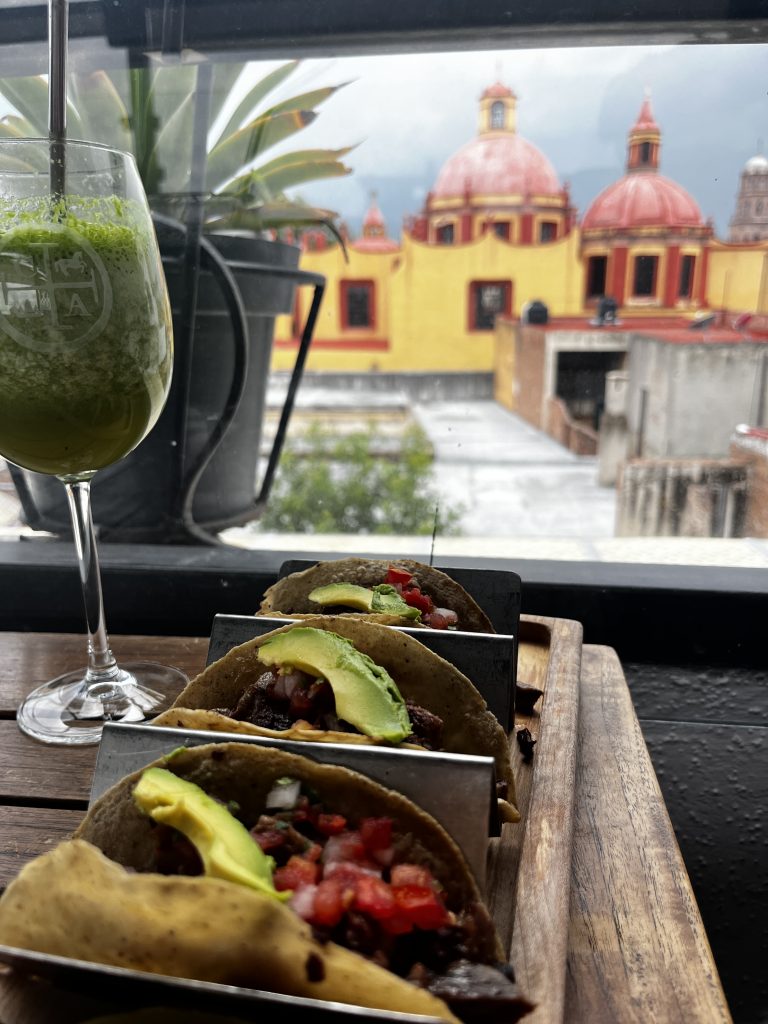
Despite the stereotype, many Americans have come to realize that Mexico is a treasure trove which has resulted in an influx of retired foreigners in the last decade. You can now find a Starbucks, or a bagel or boba shop in San Miguel de Allende. (One of my Uber drivers told me that it’s 50% foreigners.) The last time I went to Playa Del Carmen I passed by a Sephora and I hear that Tulum is an influencer mecca. One person told me and that Puerto Vallarta is unrecognizable. Querétaro, however, is not one of those places.
Unlike many of the well trodden tourist destinations in Mexico, Querétaro caters primarily to Mexican tourists. In the week I spent there, I met one American, a retired elderly man who lived in my hotel. All my tours and interactions with locals were in Spanish, save for some English words thrown. When I booked the trip I was not planning on a Spanish immersion experience, but that is what happened.
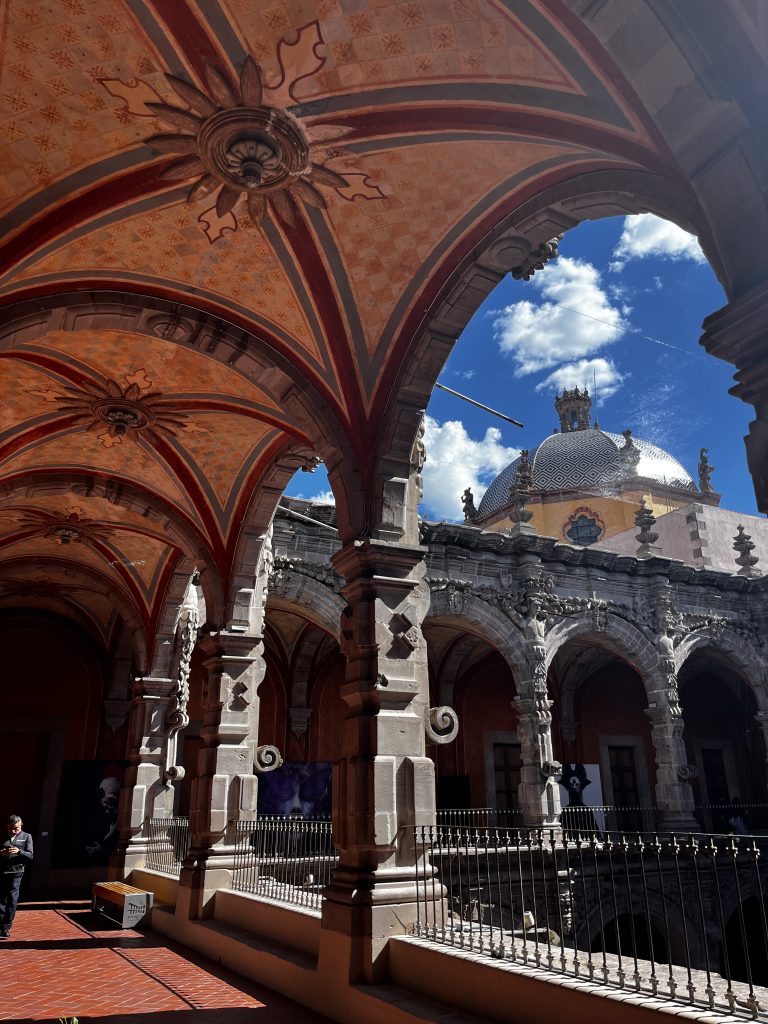
Colonial History
Located in north central Mexico, Querétaro was colonized in the 1500s by the Spanish after centuries of being populated by indigenous tribes including the Otomi, Toltecs, Chichimecas, Purépechas and Mexicas and later the Aztec Empire. Querétaro saw some of the biggest moments in Mexican history, such as when Benito Juarez captured Emperor Maximiliano which led to Mexico’s independence from Europe. The Catholic church did serious business as well, as I have never seen so many churches in my life. Many monasteries have been converted into hotels or museums and feature large stone courtyards, vaulted ceilings, colonial windows, balconies, and arches. While they are stunning visually, it’s hard not to assume that much of the incredible labor came from the indigenous people. The interior of the Temple of Santa Rosa de Viterbo is covered in gold. I doubt it is real gold today, but was at one time…but still….where did they get all that gold?!
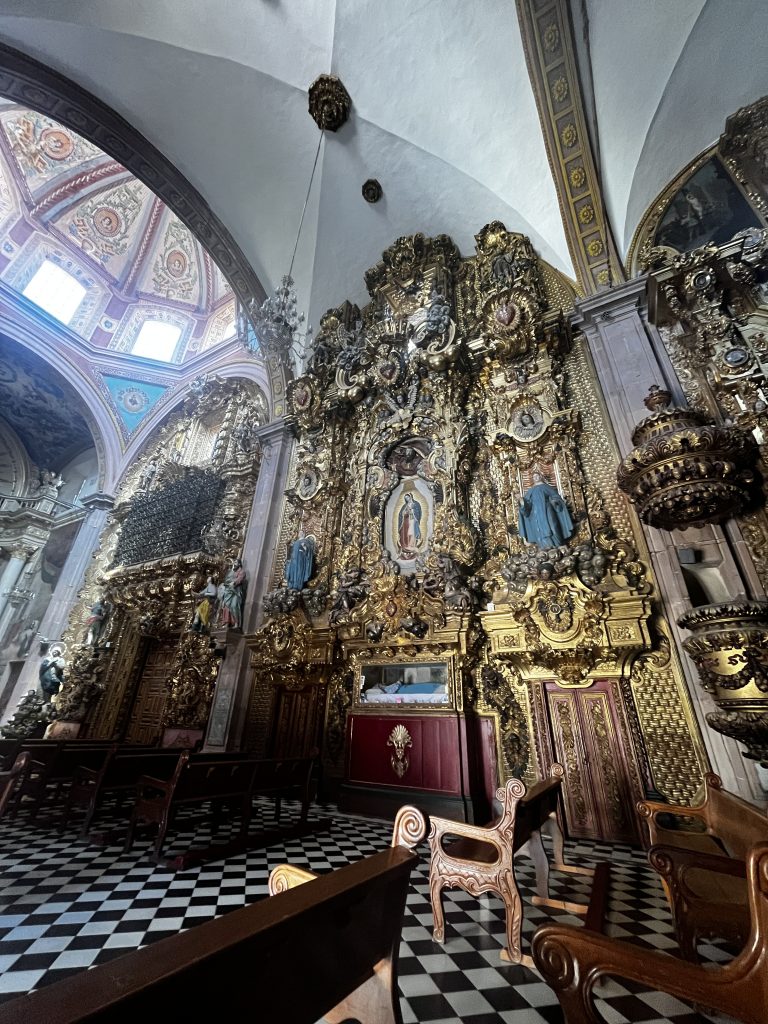
Leyendas (Legends)
I took a Guru walk tour with Alexandre, an actor who works with the local troupe Leyendas y Mitos de Querétaro, and who shared with me the legends and myths of the city. One of the most popular ones is about about the aqueduct, designed in 1723 by nobleman Juan Antonio de Urrutia y Arana, Marquis of Villa del Villar del Aquila. Yes, that is his official name. Apparently, the Marquis, as I will call him, fell in love with a nun who rejected him because she already had a boyfriend named Jesus. However, she told the Marquis that if he built an aqueduct, she would marry him. And so he created a marvel of engineering that still stands today. However, the nun still rejected him because who can compete with Jesus?
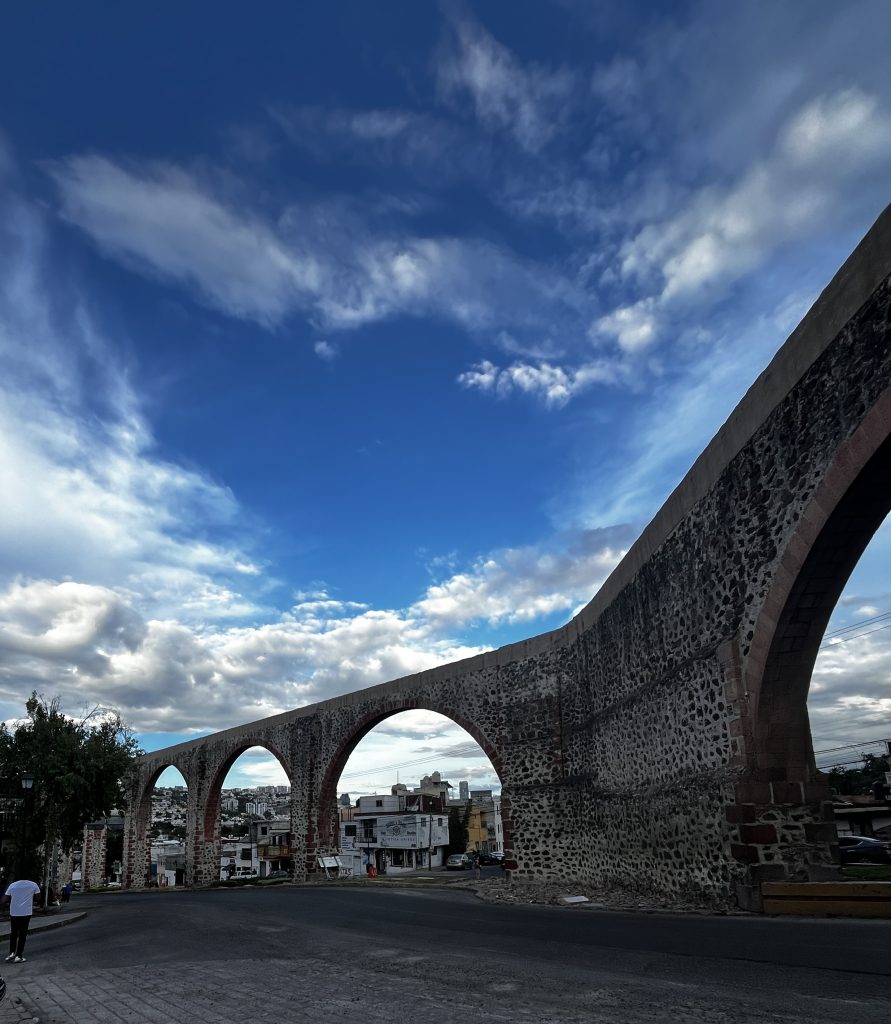
The Marquis went on to marry a woman who matched him in the length of her name, María Josefa Paula Guerrero Dávila Moctezuma y Fernández del Corral, and built her a house called “La Casa De La Marquesa,” a phenomenal stone and tiled mansion, which is now a hotel and and a great place to eat brunch, listen to the pianist, and marvel at the interior.
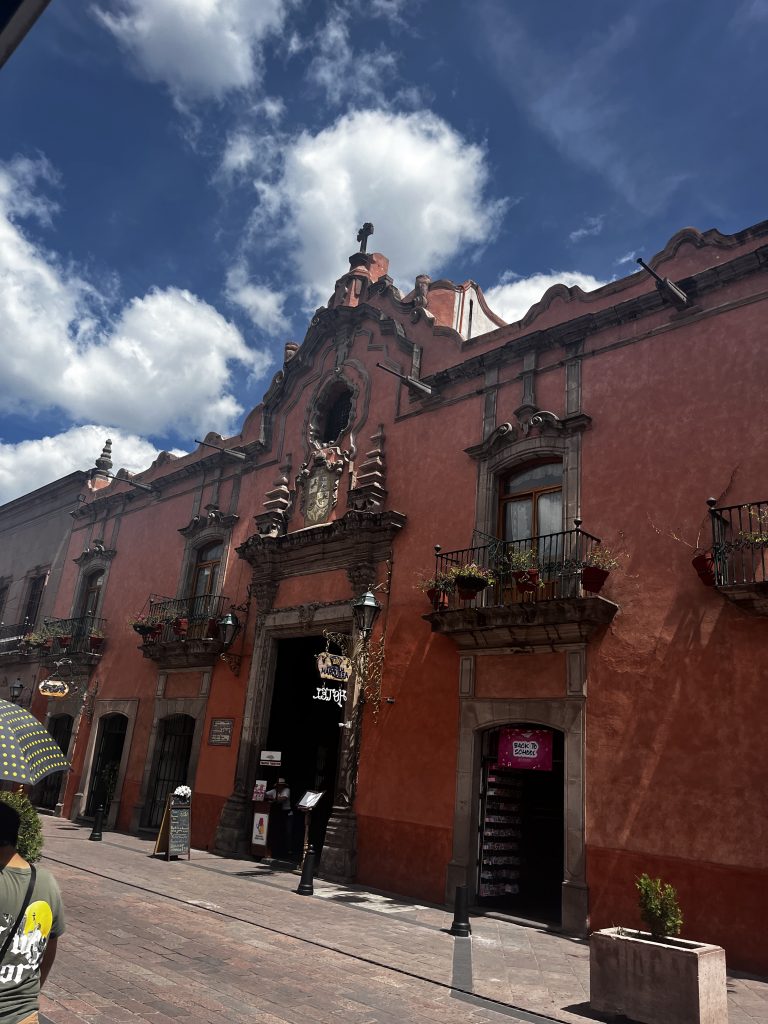
Another popular “leyenda” features La Casa de La Zacatena, a colonial house and now museum where, the story goes, an adulterous woman murdered her husband after he discovered her with her lover. Then for reasons unexplained, she also murdered her husband. Then, she too was murdered for her crimes. No one knows who killed her but the legends’ moral twist presumably kept wives in check. However, the museum tries not to spread that legend anymore due it’s misogynist overtones, as the educator, Andrea, told me. Mexico does not need any more stories about “bad women” and while I do love a salacious story, I appreciate the feminist revision.
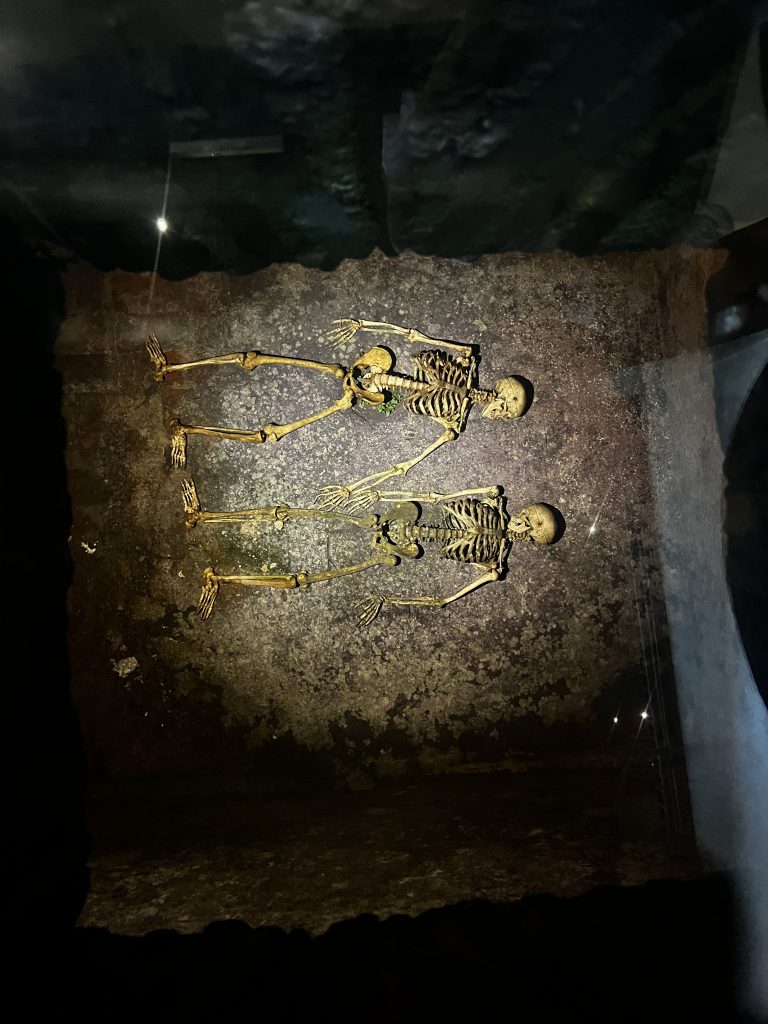
On my third day in Querétaro I took an all Spanish tour (there was no English option available) that went to two “Pueblos Magicos,” a series of small towns deemed “magical” by the Mexican tourist boards. We visited Tequisquiapan (took a while to learn to say) and La Peña de Bernal, a town under the shadow of the second largest monolith in the world, and which has a reputation of having a healing effect on people. Many people make pilgrimages to the near top, but due to heavy rains the trail was closed.
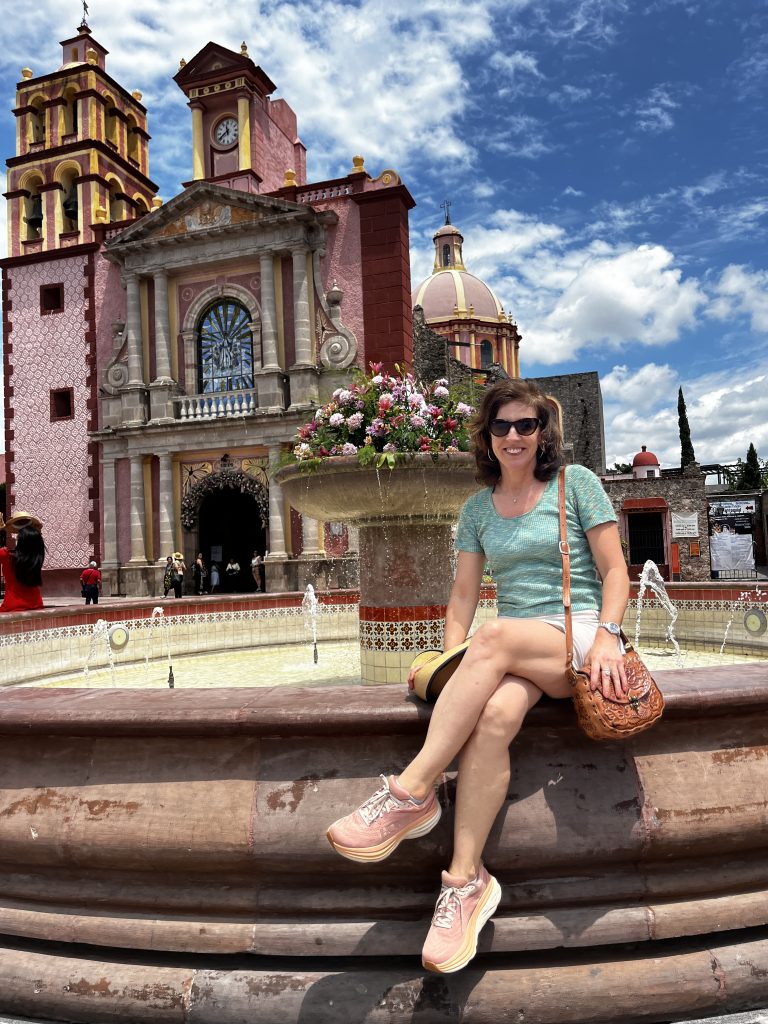
La Pirámide Del Cerrito (Pyramid)
My favorite part of the trip was my visit to the nearby pyramid, La Pirámide del Cerrito (The Pyramid of El Cerrito) or La Pirámide del Pueblito (if you are a local). For centuries, people thought that El Cerrito was just another hill with a colonial house built on top. Indeed, the name “El Cerrito” means “Little Hill.” At some point in the last century an archeologist realized that a pyramid existed under the house. Covered in shrubbery, the location of the hill served as a great lookout for military personnel. Did they know they were building a house on top of a pyramid from 700 A.D.? According to Hector, the tour guide, they did remove some of the top of the pyramid, so, probably, yeah. Whoops.
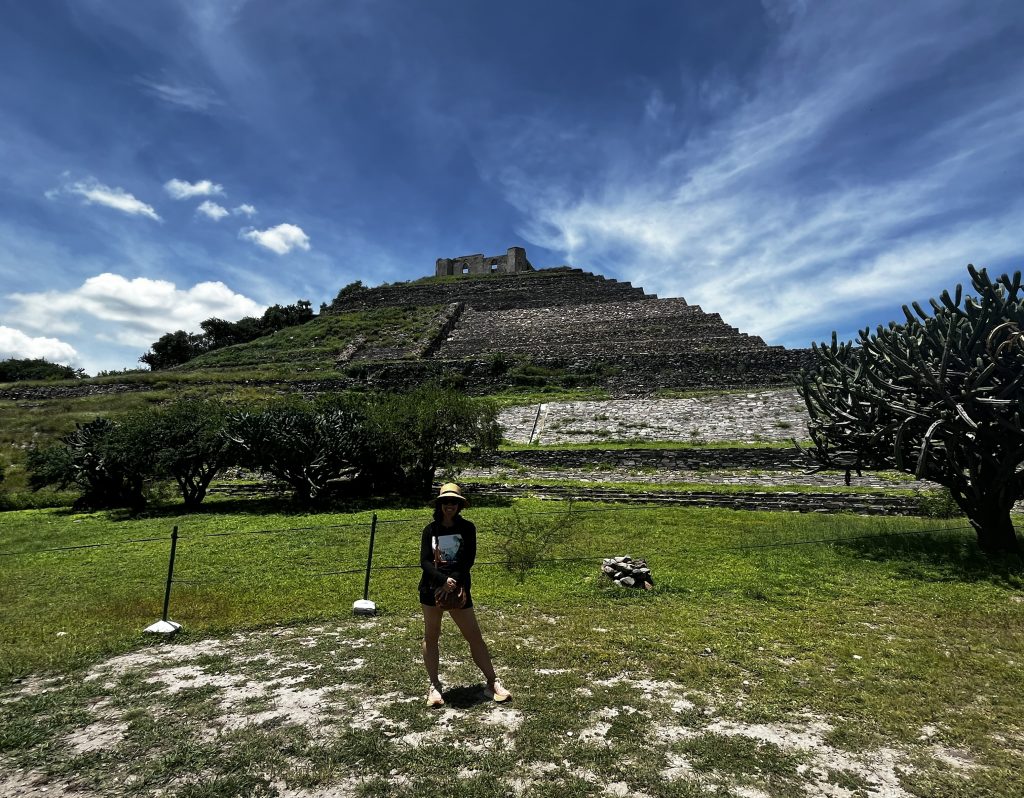
The archeological site is an astronomical, acoustic and spiritual wonder. From the site’s location, you can hear a conversation or mass said in a church in the valley below. Not only that, but as you climb the pyramid (which you cannot do) the sound becomes cleaner. The pyramid, which is larger than Chichen Itza, was added on by different Mesoamerican tribes starting with the Chupicaro to the Toltec Empire and the Aztecs. If you visit this pyramid, try to request Hector as a guide as I found his storytelling riveting, even if I got only 80% of it. There still needs about 13 feet of excavation done below where we stood. Like Teotihuacan, Mexico has not prioritized the excavation and research of these incredible historic and sacred structures that can answer so much about life in Mesoamerica. However the mayor of Teotihuacan did try to build an amusement park there…so full funding for an excavation may be a while.
Beautiful Hotels
I stayed in three different hotels during my time in Querétaro and each one was a beautiful converted building with high beamed ceilings.
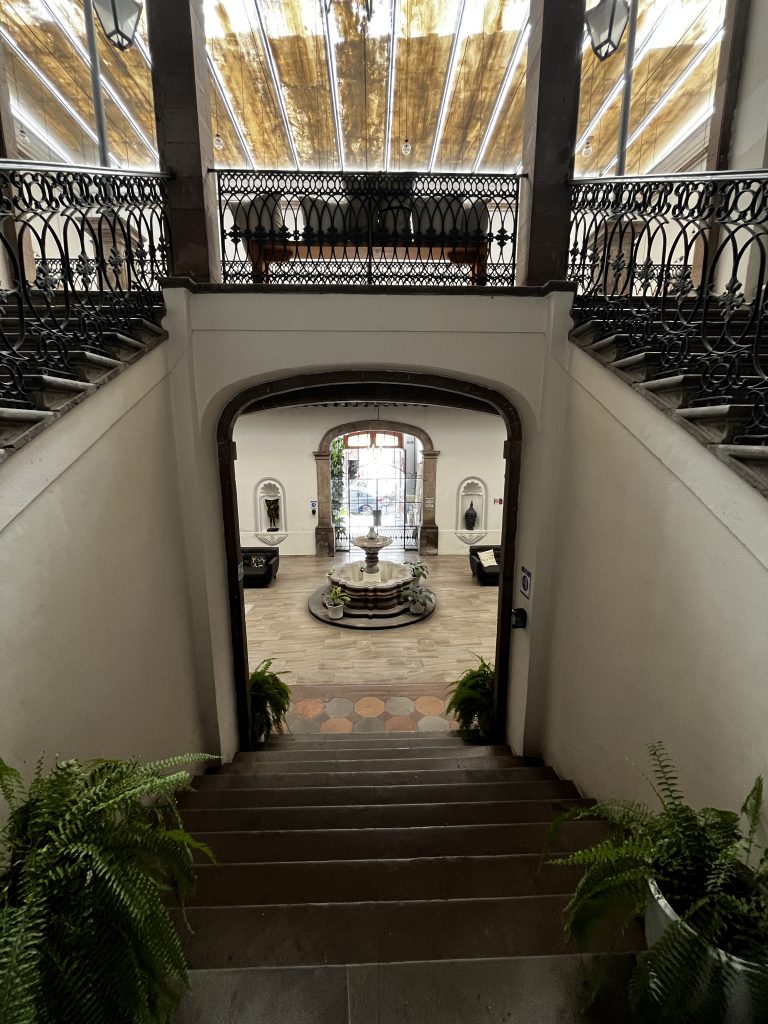
My first hotel, the Hotel Markess, features a high ceiling and colonial windows that look out to the busy street across from La Casa de la Marquessa. I opened my windows to imagine a city in the 1600’s where a married woman might longingly watch the world outside of her domestic prison. Happy to live in a time when I can be a female solo traveler.
I’m not a fancy person, but my room in Hotel Markess was architecturally the most beautiful room I have ever stayed in. However, not retrofitted for acoustics, the 80’s cover band down street kept me up until 1:00 am. I never want to hear an electric guitar again.
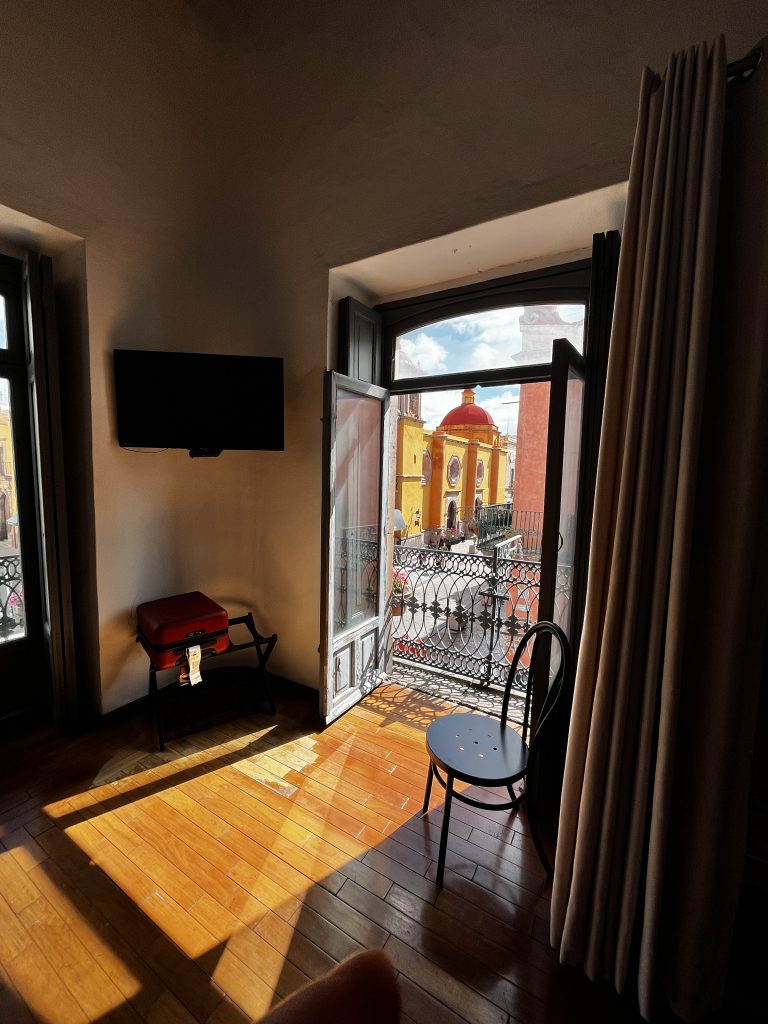
My second hotel, where I stayed for five nights, La Casa Aspetya, has a beautiful terrace on top where I ate breakfast and took a picture of the super blue moon. Lastly, after visiting San Miguel de Allende, I returned to stay at El Serafina, who brought me a breakfast at 6:00 AM.
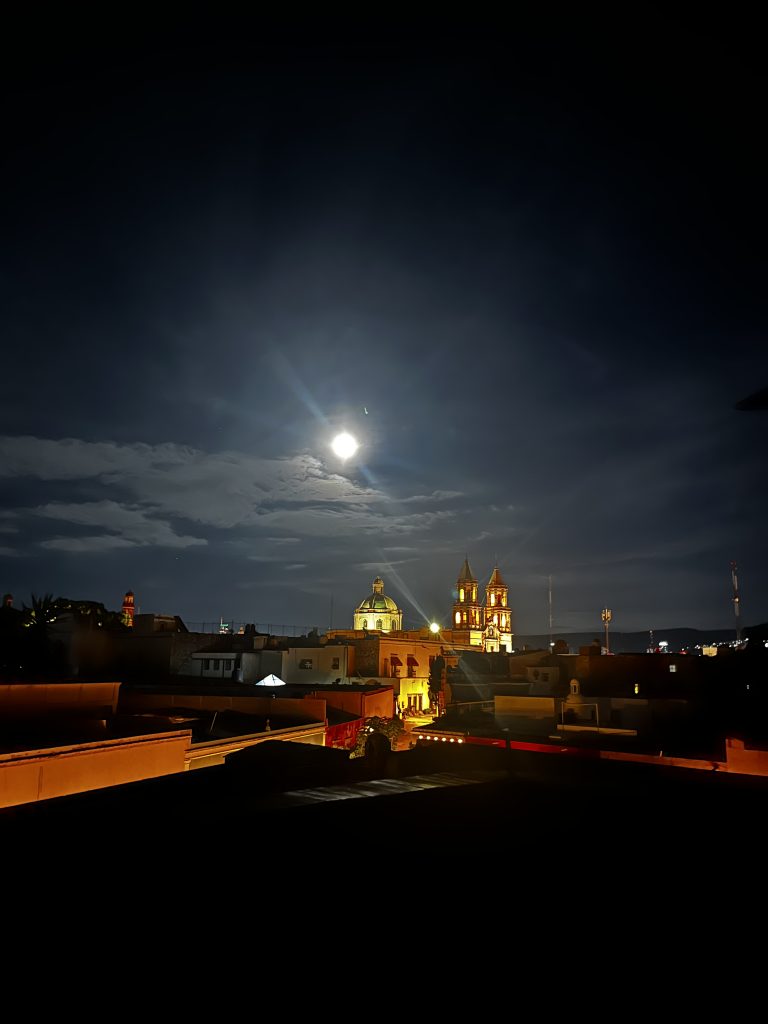
So Affordable I Felt Guilty
Coming from LA, land of stores like Erewhon,$35 might buy me a maybe a salad and a lemonade. In Querétaro I often was way under my budget of $25/a day. Many of my hotels came with desayuno. I tried to tip generously because, well, I can. It is hard to write about travel without commenting on the value of the dollar, which is very strong around the world and drove home the reality of my privilege.
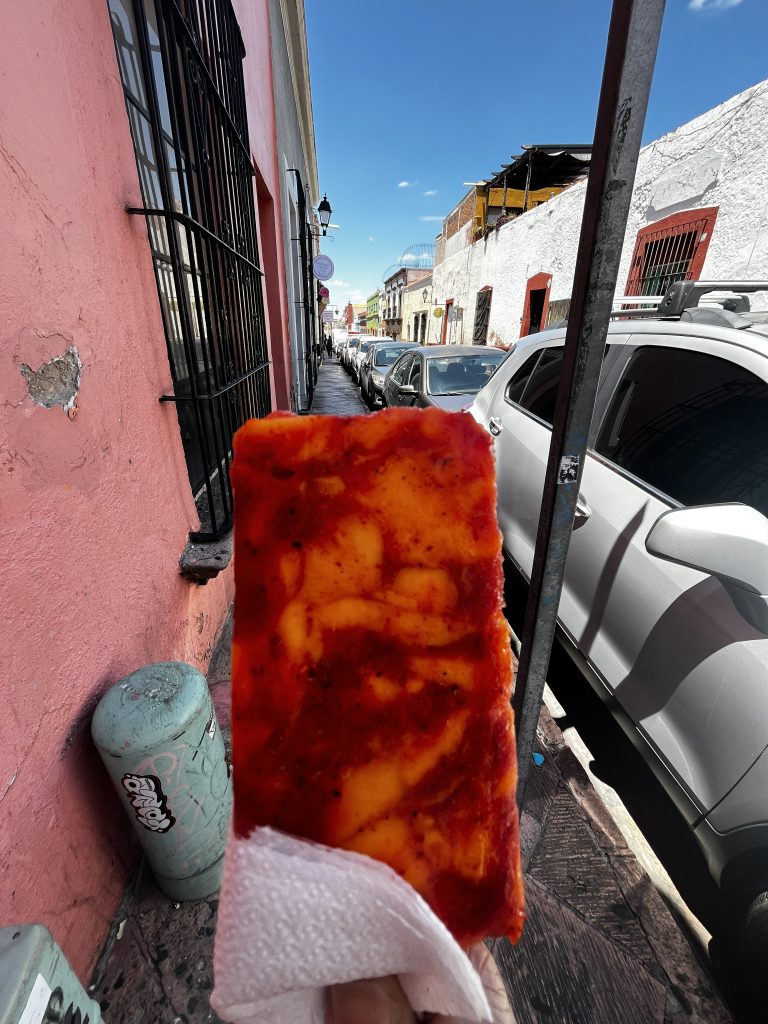
Shopping and Food
My general sense was that the people of Querétaro are not interested in being oversolicitous to tourists and maybe a little reserved. The smaller pueblos felt even more so. And I have to say, I don’t blame them. I bought a beautiful crocheted top in Tesquisquipian and the woman who sold it could not have been less interested.
The two main restaurants in the town sit across from La Plaza de las Armas, El Meson de Chucho el Roto which translates to something like “The counter of the broken dog” and Restaurante 1810. Both have musicians playing music outside and an ambient environment. According to Alexandre, a tunnel underneath the plaza leads to a government building that the mayor can take to get to the restaurant without notice.
Querétaro is known for vineyards and mining. I went to two vineyards where I got to decipher the wine making process in Spanish. I also bought a fair number of crystals, though I had to control myself so as to not weight my suitcase. I bought stuff I didn’t need because frankly I want to give the people of Querétaro my money. To enter this beautiful state for so little is a privilege I do not take lately.
But I also bought an opal ring. The man who sold it said it is good for protection and financial success. I don’t know if I believe it but I love having a little bit of Mexico on my finger.
